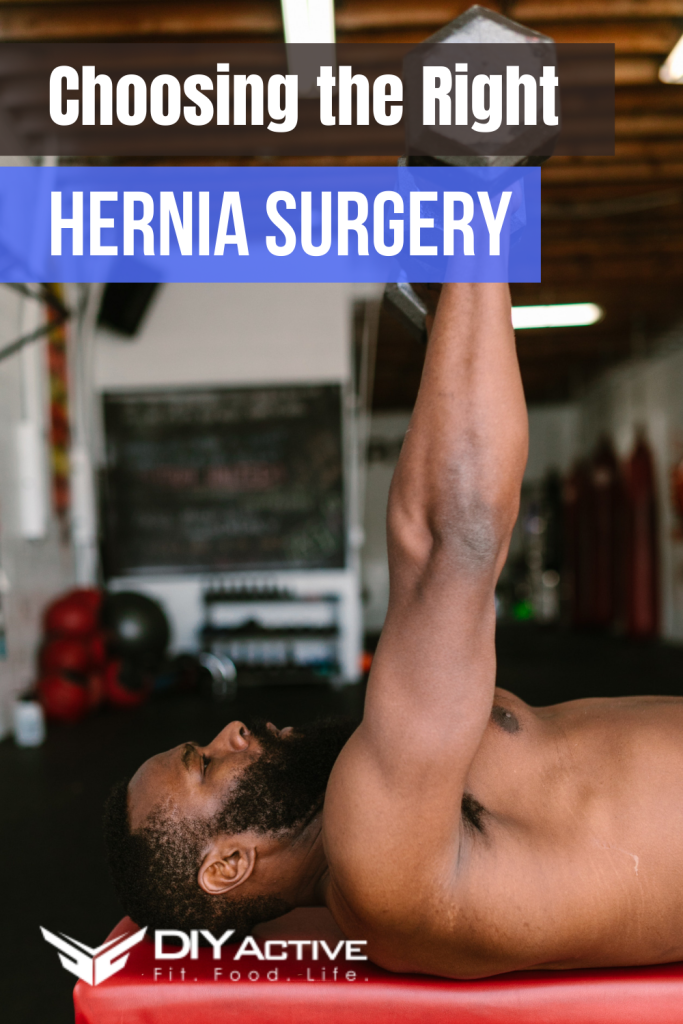Right Hernia Surgery for Your Medical Needs
A hernia occurs when an organ pushes through the muscle wall of the abdomen or groin. This can happen to any internal abdominal organ, but it is most common in the area of your groin because this area has less muscle tissue. The pain from a hernia can vary depending on where it is located and how large it becomes.
Aspects of Choosing the Right Hernia Surgery
Hernias are often caused by the age-related weakening of connective tissues (such as ligaments) that hold us together internally. Other factors such as obesity, heavy lifting, or bodybuilding may also contribute to hernias. You might notice discomfort at first, followed by swelling or bulging, which gradually increases in size if left untreated over time.
But how do you fix a hernia and, what is the best way to repair your tear? This blog post will cover the three different types of hernia surgery and the pros and cons of each option.
Laparoscopic Surgery
Laparoscopic surgery is a procedure that involves making a few small incisions in the abdomen and inserting long laparoscopic instruments through them. This allows surgeons to view the inside of your body on a video screen and complete surgery without having large scars or making a larger opening.
The keyhole surgery only uses a few minor cuts, meaning you will have less pain and quicker healing times.
Laparoscopic surgery is usually used for hernias located on the front side of your abdomen (inguinal hernia). If you think that you have a torn hernia, the best step is to visit a gastroenterologist for laparoscopic surgery.

Some benefits of laparoscopic surgery include:
-
- Smaller incisions
- Less pain and scarring
- Quicker recovery time
Some limitations of laparoscopic surgery include:
-
- Not useful for larger hernias or those that are causing pain
- It cannot be used in some cases where the intestine is protruding through the hernia
Robotic Surgery
Robotic surgery is another method for hernia repair and is usually recommended for people who have a hernia that is too difficult to reach with laparoscopic surgery. Robotic hernia repair involves making one small incision and inserting a tiny camera and tools to perform the surgery.
This allows surgeons to reach organs more efficiently, resulting in better visualization of your hernia without having larger scars or making a large opening like open surgery would require.
Robotic surgery is usually used for hernias located deep on the side of your abdomen (femoral hernia). However, new research has indicated that robotic surgery is also effective in treating inguinal hernias. This surgery requires a longer recovery than laparoscopic, usually around six weeks. However, it is often less painful and has much smaller scars afterward when compared to open surgery.
Some benefits of robotic surgery include:
-
- Better visualization during the operation
- Smaller incisions with faster healing times
Some limitations of robotic surgery include:
-
- Longer recovery time than laparoscopic surgery
- More expensive than other procedures
Open Surgery
Finally, open surgery is a procedure that involves making a large incision in the abdomen and then fixing your hernia. The key difference between open surgery for hernias vs other types of surgeries is the size of the cut – this means it will have larger scars, more blood loss, and longer recovery times.
Open surgery is usually used on people who are in need of a hernia repair but have complications with other types of surgery or larger hernias that can be more easily repaired with open surgery.
Open surgery often carries more risk, such as infections and other complications. However, it is the only method that can repair hernias located deep inside your body.
Some benefits of open surgery include:
-
- More efficient repairs for large or complicated hernias
Some limitations of open surgery include:
-
- Larger scars
- More blood loss
- Longer recovery time than laparoscopic and robotic surgery
Wrap-Up
So, if you’ve encountered this injury while exercising, you should ask your doctor about these repair options. In terms of the best option, it really depends on the severity of your tear, where it is located, and your health history.
Photo by MART PRODUCTION from Pexels
Photo byRODNAE Productions from Pexels